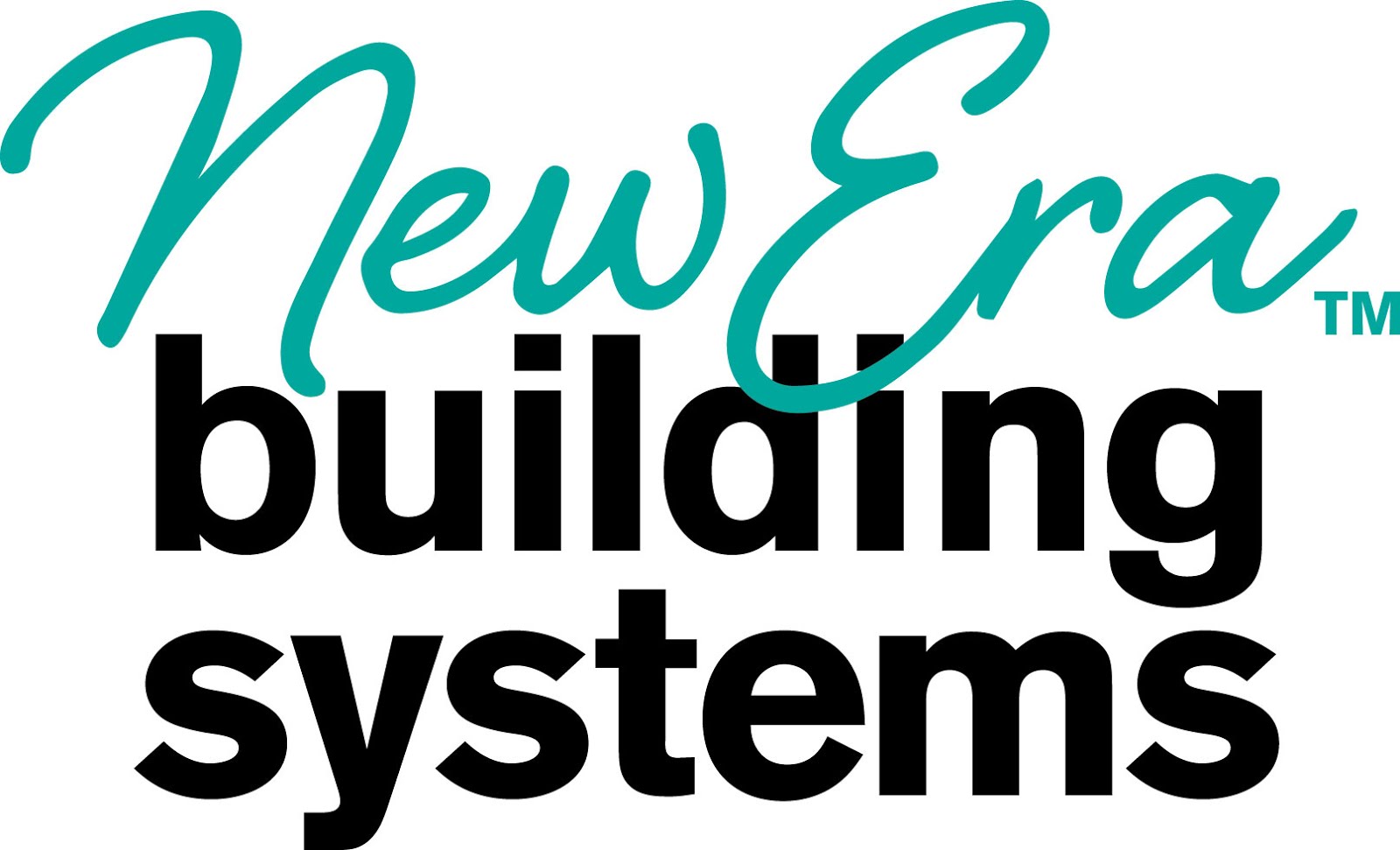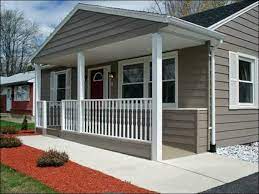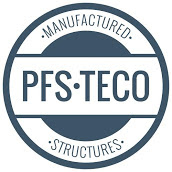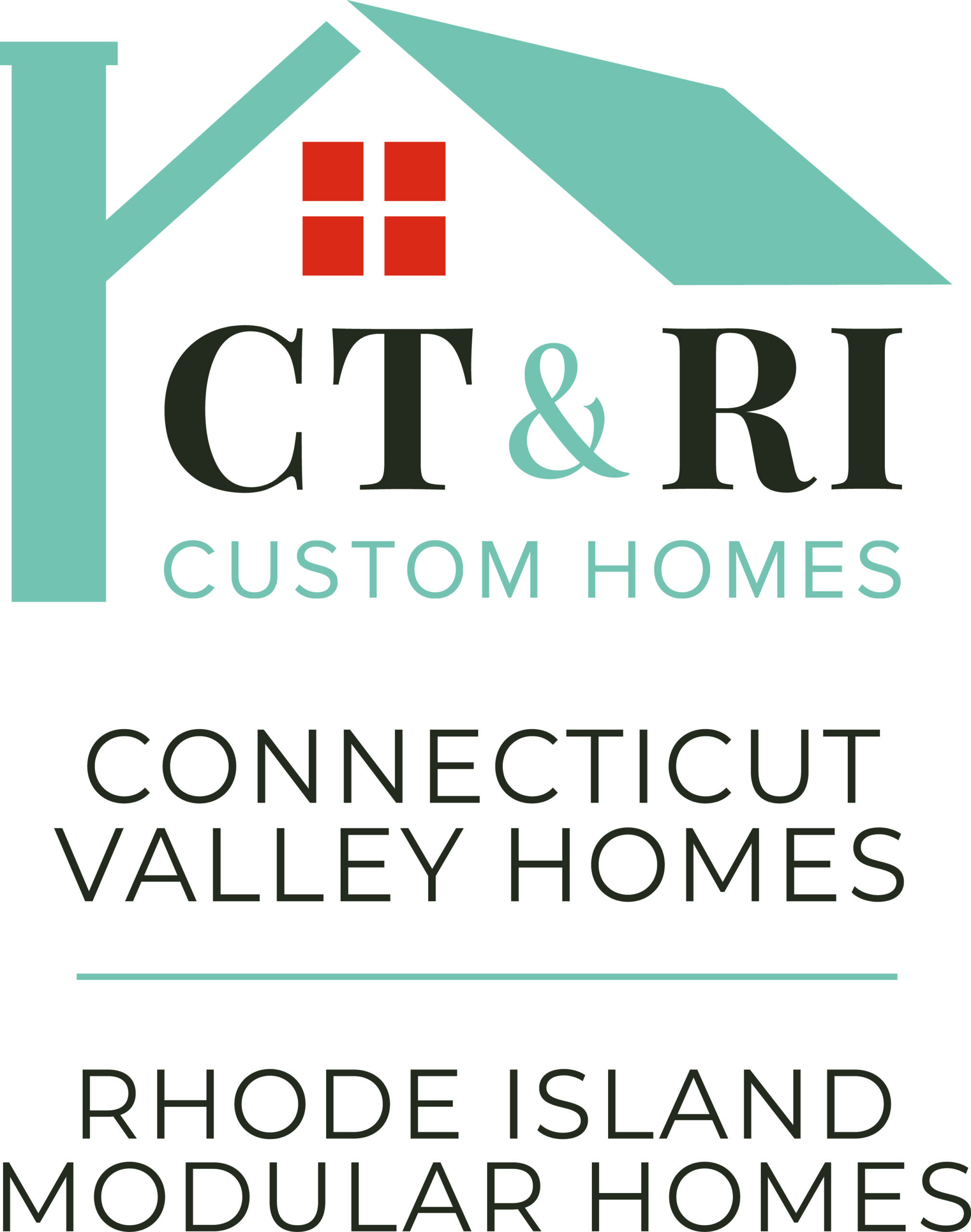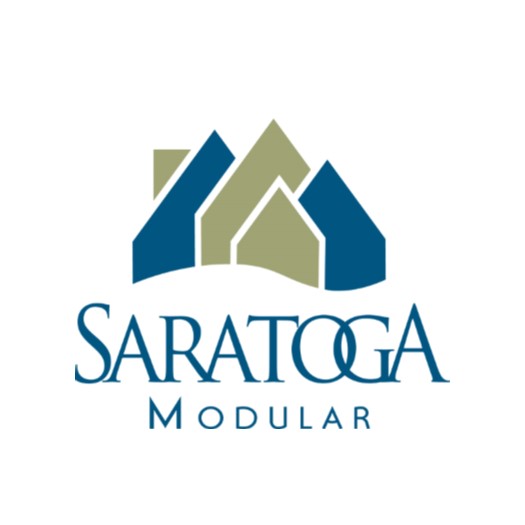When we talk about the affordable housing crisis, the conversation usually centers on price tags, interest rates, and zoning fights. But there’s a quieter, equally urgent crisis unfolding in the background: the severe shortage of homes that are both affordable and accessible. This isn’t just a side issue for a small portion of the population—it’s a reality affecting millions of Americans now and an even greater number in the years ahead.
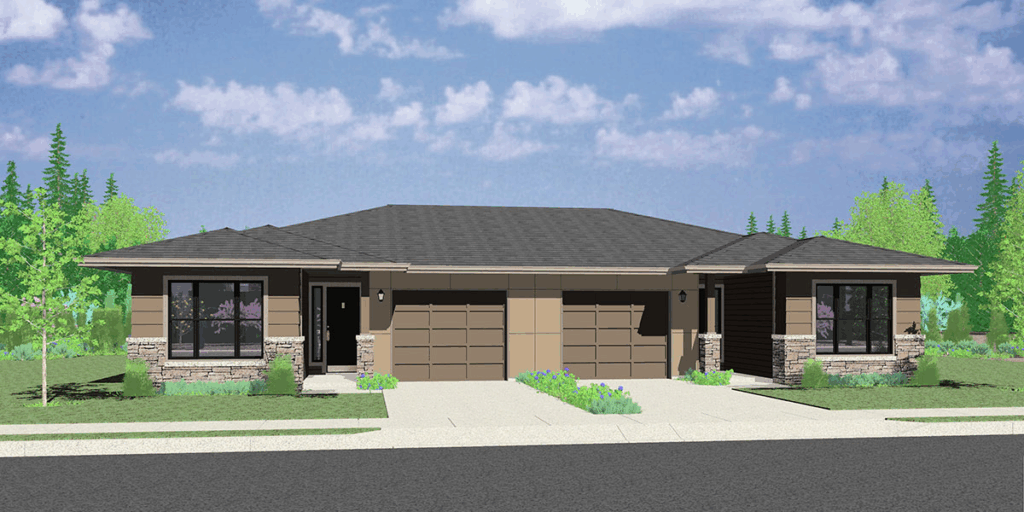
The Age Wave Is Here—and It’s Not Slowing Down
The baby boomer generation is moving into retirement at full speed, and with it comes a spike in the number of people needing homes that work with—not against—their physical abilities. Nearly half of Americans aged 75 and older live with some form of disability, and the vast majority would prefer to age in place rather than move into institutional care. But here’s the kicker: most of the homes on the market simply aren’t designed for that. We’re talking narrow doorways, steep front steps, awkward bathroom layouts—homes that can become a daily obstacle course for someone using a walker or wheelchair.
Disability Is More Common Than You Think
The numbers are sobering. According to the CDC, more than 61 million adults in the U.S.—that’s one in four—report living with a disability. And this isn’t just about aging. Disabilities can come from illness, injury, or birth, and they often appear unexpectedly. The demand for accessible housing is a multi-generational need that touches families in every income bracket. The challenge is that the homes to meet that need are simply not out there.
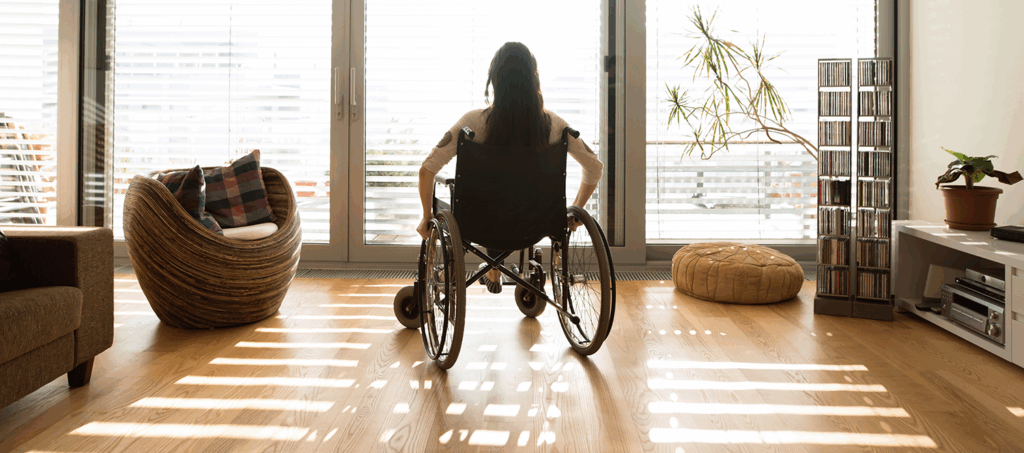
The Inventory Problem No One Talks About
Research suggests that less than 5% of U.S. housing is fully accessible to people with disabilities. That means even if someone could afford to move, the odds of finding a place that truly works for them are slim. We’re not talking about luxury add-ons like home theaters or heated floors—just basic features like a no-step entry, wider doorways, lever-style door handles, and a bathroom that can safely accommodate someone with mobility challenges.
The Push to Leave Institutions Behind
There’s also a growing push to transition people from institutions into community-based housing in line with ADA requirements. This is a good thing—it promotes independence, dignity, and quality of life. But it also adds to the pressure on an already scarce supply of accessible homes. When you combine that with the high cost of housing and the limited incomes many people with disabilities live on, you get a perfect storm of need with very few solutions on the horizon.

A Gap—And an Opportunity
The gap between accessible housing demand and supply is massive, and closing it could be a game-changer in the affordable housing space. The potential here goes beyond new builds—there’s a huge opportunity in retrofitting existing housing stock, integrating universal design principles from the start, and partnering with developers who are already active in affordable housing but haven’t yet addressed accessibility as a core part of their work.
Would This Be a Good Project for NGOs?
Yes—if they’re willing to think bigger than ramps and grab bars. NGOs focused on affordable housing often tackle the “A” in ADA as an afterthought, but the numbers make a compelling case for putting accessibility front and center. An NGO-led initiative could draw funding from both housing and disability advocacy sources, creating a powerful financial foundation for real change. By forming public-private partnerships with developers, modular builders, and retrofit specialists, they could tap into existing expertise while accelerating the pace of accessible housing development. There’s also the potential to benefit from federal and state incentives tied to ADA compliance, making projects more financially viable. Most importantly, NGOs could make “affordable and accessible” a linked standard, rather than two separate and often conflicting goals. The combination of demographic inevitability, social impact, and measurable need makes this one of the most under-served yet high-impact areas in the housing world. If NGOs step up now, they won’t just fill a gap—they’ll be ahead of a curve that’s about to get a lot steeper.

Why This Could Be a Game-Changer for the Offsite Construction Industry
The offsite construction industry is uniquely positioned to deliver affordable, ADA-compliant housing at the scale and speed this growing need demands. Factory-built housing allows for precision engineering, ensuring that accessibility features—like wider doorways, zero-step entries, roll-in showers, and adjustable-height counters—are integrated into the design from day one, rather than being expensive afterthoughts. Offsite methods also make it easier to standardize these features across multiple units, reducing costs through repetition while still allowing for customization when individual needs require it.
Because offsite construction shortens build times and minimizes weather-related delays, it can help NGOs, developers, and government programs get people into accessible homes faster. Additionally, modular and panelized building systems are well-suited for both new developments and infill projects, making them ideal for retrofitting existing communities without lengthy disruptions. This is a chance for the offsite industry not only to expand its market share but to become a leader in solving one of the most pressing housing challenges of the next two decades.
.
With over 9,000 published articles on modular and offsite construction, Gary Fleisher remains one of the most trusted voices in the industry.
.
CLICK HERE to read the latest edition
Contact Gary Fleisher




